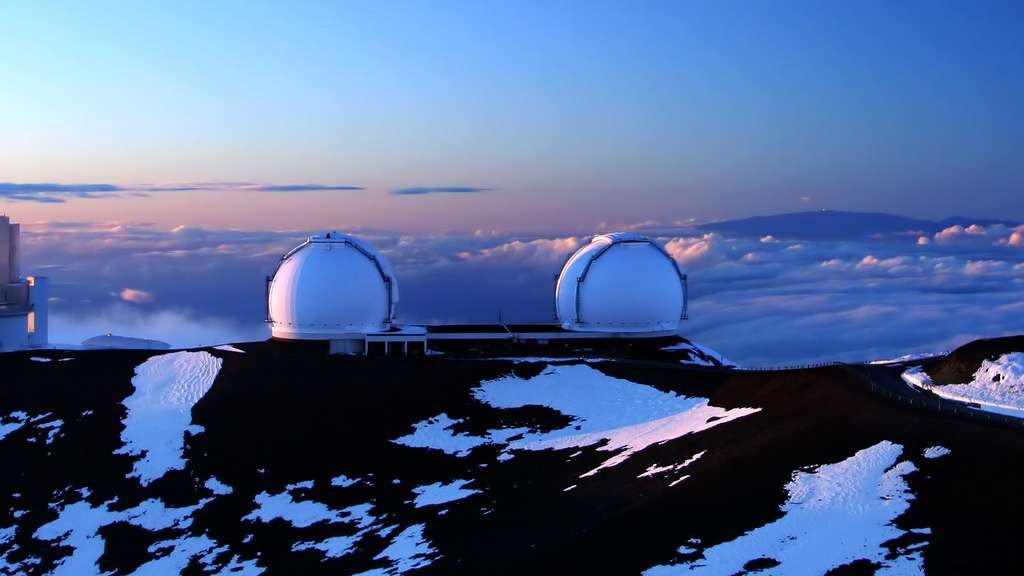A Chinese team recently identified a location on the Tibetan Plateau capable of hosting one of the most powerful telescopes in the world. According to the authors of the study in question, the site meets all the key parameters of a world-class observatory.
These days, the leading observatories are all grouped together in the western hemisphere, mainly on the side of Hawaii, Chile or the Canary Islands. These facilities have enabled spectacular advances in the field of astrophysics, but they still need support scattered around the planet. To monitor an event taking place over the course of one day, for example, several teams operating in several facilities must collaborate, like 400m runners passing a baton.
So today a large part of the Earth on the eastern side is not covered by these powerful observatories. Placing one of these facilities in the middle of mainland Asia could therefore fill this gap.
That is why for several years China, which offers many small telescopes, but not large observatories, has been working on the development of a leading structure. This should have an aperture (the diameter of the telescope's light-gathering lens or mirror) of thirty meters . Only the European Giant Telescope, which should be completed in 2027, will have a larger primary mirror (42 meters) .

These large, high-sensitivity optical and infrared telescopes, however, require very special conditions . They must be far enough from cities to avoid light pollution, while still being sufficiently accessible to scientists. They should be built at high altitudes to avoid atmospheric discomfort, but not so high that researchers can breathe normally. Too much wind, dust, or water vapor (which absorbs infrared radiation) can also affect the accuracy of a telescope.
Licai Deng and his team at the Chinese Academy of Sciences have therefore been focusing on finding the most suitable site for several years. Unsurprisingly, all eyes quickly turned to the Tibetan Plateau, the highest region on the entire planet.
Based on meteorological and satellite data, the city of Lenghu, which had never been considered before, seemed appropriate with its 3,500 hours of sunshine per year and almost no rain. In Nature, the researchers point out that they have identified an observation site nestled on a nearby mountain, more than 1500 meters above the city .
In 2018, the team then installed several pieces of equipment on the mountain aimed at monitoring weather conditions that could interfere with future observations. After three years of data collection and analysis, researchers finally determined that the location had conditions comparable to some of the best sites in the world .
Since then, the researchers have been busy developing their observatory. In the meantime, the site already offers a small functional telescope. It will also soon host an observatory with a 6.4m mirror, the largest in China.